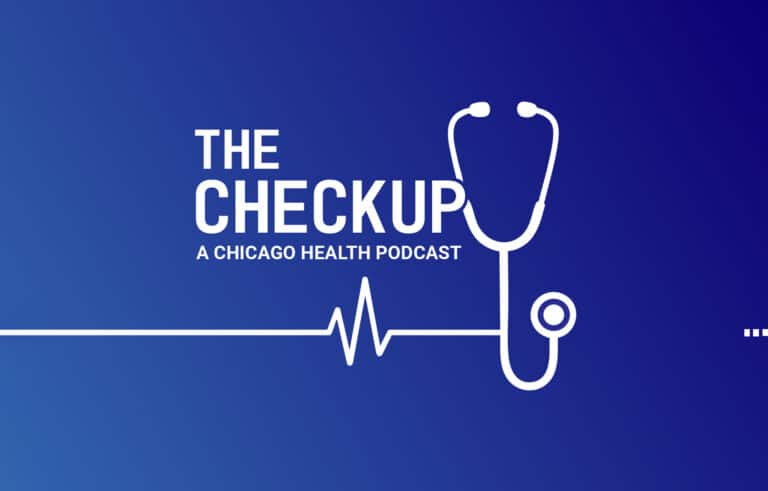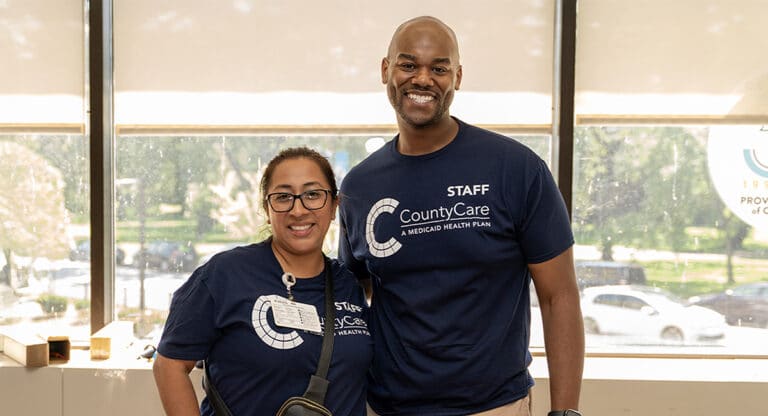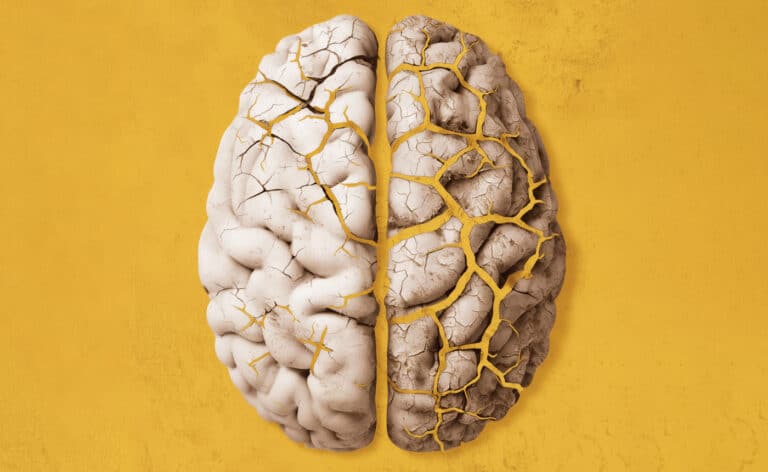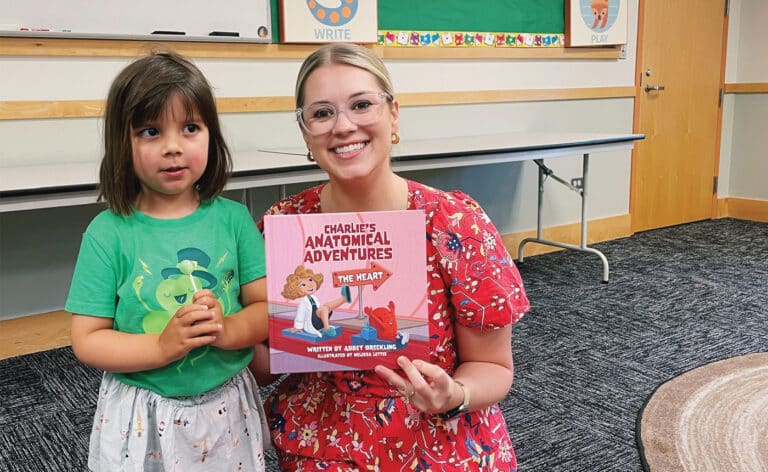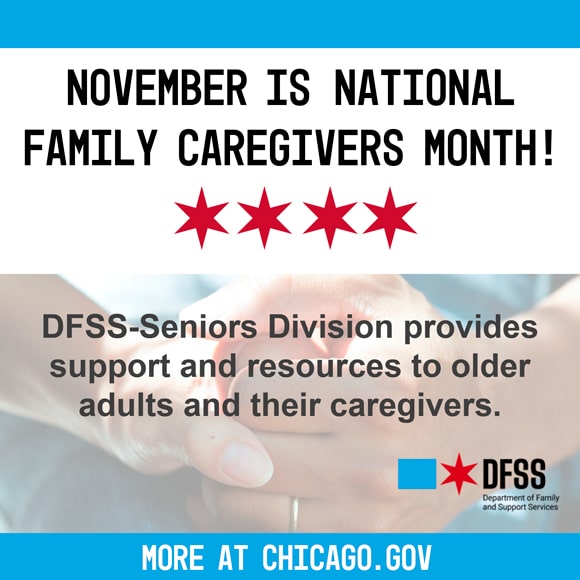Making sense of the ups and downs
Lizzie,* a Chicago-resident, was overwhelmed with several stressful situations in her late 20s. She started experiencing extreme mood swings. She stopped sleeping, eating and drinking water; she was irritable and her mind started racing; at times, she was full of energy, impulsively cleaning her house from top to bottom and deciding to start her own business.
When Lizzie finally had a panic attack that would not stop, her husband took her to the emergency room. For six months, Lizzie was in and out of the hospital. She was prescribed medications, including drugs for depression that made her symptoms worse. She finally found some answers at a fourth hospital visit, when she went to a different hospital and was diagnosed and treated for bipolar disorder.
Symptoms on a spectrum
Bipolar disorder, also known as manic-depressive illness, affects about 2.6 percent of American adults in a given year, according to the National Institute of Mental Health (NIMH). Teenagers in the U.S. are also living with the mood disorder. A 2012 survey funded by the NIMH found that 2.2 percent of youth ages 13 to 18 experience the symptoms of bipolar disorder each year.
While pop singer Demi Lovato and celebrities living with bipolar disorder are raising awareness about it, misunderstandings remain. “There is a failure to recognize that it exists on a spectrum of varying degrees of severity,” says psychiatrist John Gottlieb, MD, medical director of Chicago Psychiatry Associates.
Type I, the most severe form, includes full-fledged manic episodes during which individuals can be either elated or irritable and engage in risky behaviors such as recklessly spending money or having sex, along with depressive episodes that can include feelings of hopelessness and thoughts of suicide. Type II is characterized by less severe manic episodes alternating with severe depression. Cyclothymia is a milder form of the disorder.
Because bipolar disorder is often misdiagnosed as depression, it can take an average of 10 years for individuals to get an accurate diagnosis. Patients may also be abusing alcohol or drugs, which can mask symptoms.
“Diagnosing bipolar disorder can be challenging,” says Pedro Dago, MD, medical director of the psychiatric emergency room at Northwestern Memorial Hospital. “Patients with bipolar disorder are more likely to present in depressiveepisode than a manic or hypomanic episode. The clinician must explore closely the depressed patient’s past history in order to detect the other pole of the disease.”
An individual with a very severe manic episode may have psychotic symptoms including auditory and visual hallucinations, Dago says. “It can take weeks for a manic episode to resolve,” he says. “However, we can reduce several of the symptoms within a few days, including agitation, decreased need for sleep and irritability.”
Treatments
While the causes of bipolar disorder are not known, most researchers agree there is a genetic component. A chemical or hormonal imbalance may play a role, and environmental factors such as a stressful event or drug or alcohol abuse may trigger the disorder. Fortunately, a variety of treatments allow individuals with the disorder to lead meaningful lives.
Mood stabilizers that even out the manic and depressive episodes play an important part in treatment. “Lithium has been — and remains — the gold standard of drug treatment and is frequently the most effective drug for treating bipolar disorder,” Gottlieb says. Anticonvulsants that treat epilepsy can also be used to stabilize moods.
Antidepressants used in treating people who have depression alone (unipolar depression) are not usually effective in treating bipolar depression. These drugs can be harmful for people with bipolar disorder and can destabilize their mood and induce manic episodes, Gottlieb warns.
Psychotherapy can help individuals understand the disorder, identify what triggers their shifts in mood, deal with relationships that increase their symptoms and learn how to anticipate and prevent episodes. In-person and online support groups, such as those run by the Chicago-based Depression and Bipolar Support Alliance (DBSA), provide hope, help and education to individuals with mood disorders.
Support groups
After Lizzie’s diagnosis, she participated in an intensive, short-term outpatient program. She worked with a psychiatrist and a therapist, began taking a combination of medications and took classes in cognitive behavioral therapy and dialectical behavioral therapy.
“It was important for me and also for my husband to get an education about bipolar disorder and my symptoms,” she says. “We did couples therapy to learn how to support each other.”
Lizzie also found a new job she liked and developed a wellness program that includes eating well, exercising, managing stress and getting enough sleep.
Because she suffered from side effects from her medications, she gradually stopped taking them under medical supervision over a period of a year.
For others, medications are a necessity. James,* 66, co-founder of a California chapter of DBSA, indulged in drugs and free love during the 1960s, overspent on a big house and a sports car and attempted suicide a number of times. He worked with a psychiatrist for several years to find the right combination of medications.
“I don’t think I’ll ever stop taking my meds,” says James, who is married and has a successful career. “I still have symptoms of depression once in a while, but I know they will either go away or I can adjust my meds if I need to. I haven’t had one suicidal thought in six years.
“Living with bipolar disorder can feel very isolating,” he says, “but I went to a support group after my last suicide attempt. It saved my life, because it showed me that I was not alone.”
Lizzie agrees. “Peer support was a turning point for me because I saw others living successfully with bipolar disorder. I discovered that it was not going to impede me from doing the things I want to do.”
*Names changed for privacy
For More Information
The Depression and Bipolar Support Alliance (DBSA), a national organization headquartered in Chicago, offers interactive online resources, wellness strategies, nationwide adult support groups and support for families of children and adolescents living with mood disorders.
800-826-3632, dbsalliance.org
The National Alliance on Mental Illness (NAMI) has affiliates in every state. The Chicago group offers online information about bipolar disorder, recovery education programs and support groups for families of people living with mental illness. NAMI’s annual Chicago awareness walk is Sept. 16.
Chicago Information and Referral Helpline
312-563-0445, namichicago.org



